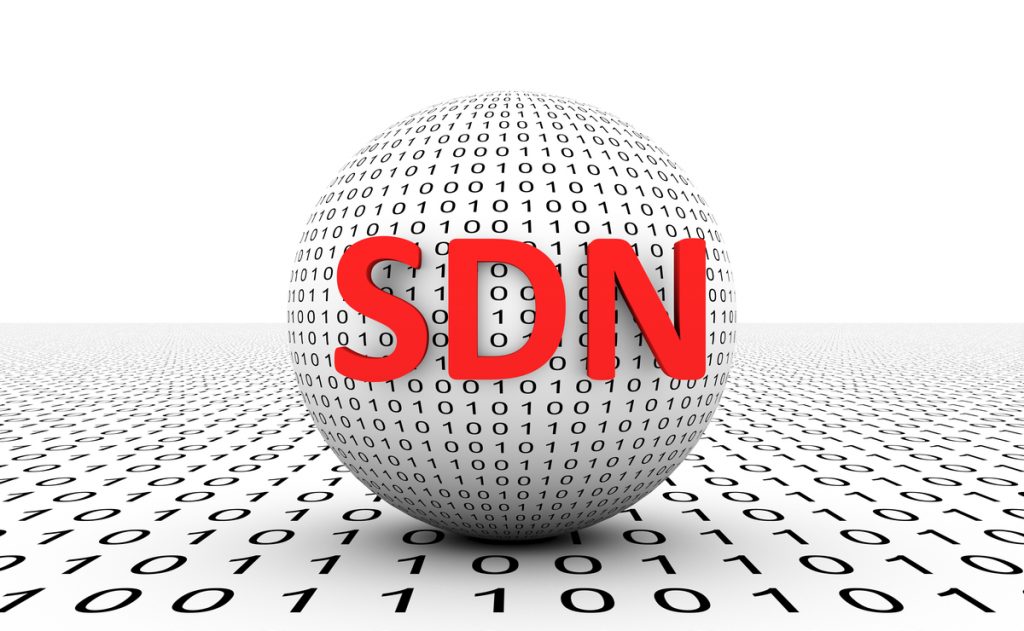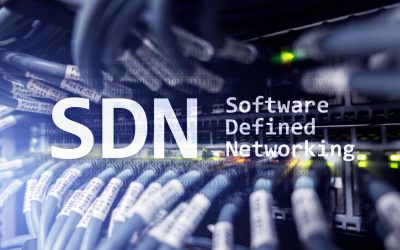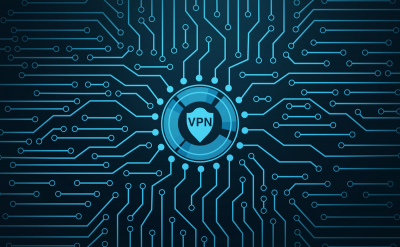The deployment of SD-WAN and enhanced ability for proficient network usage has made the enterprises realize that software-defined networks and virtualization can deliver the network of over growing demand. The unique software-centric approach has been applied to the enterprises and to various branches that can be connected through the same network. SD-branch is the next wave of evolution in the networking, as the central branch now disintegrates in support of others. Branch technology is a single hardware platform that supports SD-WAN, routing, security of devices and Wi-Fi/ LAN functions that can be managed centrally.
SD-Branch
IT enterprises that use SD-Branch prefers operational agility without infrastructure deployment. Any enterprise can rapidly deploy and provision a network branch in a box solution for all new locations. Using the centralized management console, the users can control and adjust the network around the branch and complete security functions. Many of the enterprises have resources that work remotely through physical locations and the network requirement change with every step, using the SD-branch we can completely eliminate the need IT teams to visit the remote locations results in significant cost and time-saving. SD-branch also adds the software-defined network and network virtualization, therefore, eliminated the current hardware costs by deploying software on the required hardware as compared to separate appliances.
Benefits of using SD-Branch include
1. SD-branch reduces the number of vendors that will maintain and provide you with a network facility, decreasing the cost of support and maintenance contracts.
2. The software virtualization in the SD-branch makes the hardware requirements based on technology The Hardware requirements of the technology are minimum thus making the space for other deployments.
3. The network requirements change depending on the enterprise growth the performance and requirements that can be changed. Network scalability can be a function of development.
4. SD-Branch improves the power efficiency replacing many of the appliances.
The development of Branch infrastructure is assisting the shift wherein we see various apps and application services network teams that are turning towards the Software-defined WAN (SD-WAN). The evolvement of the SD-Branch is an architectural approach that will combine the WAN and branch but is deployed using a software architecture with the usage of the network, and improved security. To achieve the transition from SD-WAN to SD-Branch it will include various facilities such as IP services that include secured branch, flexible network, and Wide network architecture. The branch is a complicated version of the SD-WAN with the integration of various layers and virtualization of them. The underlay, overlayed, advanced networks and security services with centralized management and control framework. There is an increased opportunity with using the SD-WAN- providing the range of networking features along with the security services. Using the SD-Branch service providers can offer a unified and automated distributed services platform that can solve complex challenges, such as
1. Cloud solutions are dominating the technology landscape and so is adoption but it’s quite varied. Multi-cloud platforms can be solved with native IP, networking, security services, and centralized
2. The virtualization offers flexible deployment choices using low-cost.
3. Distributed networks induce complexity but the centralized network adds simplicity.
4. Fully virtualized stack IPs can be offered that can be used for various requirements with physically changing the devices.
Developing the SD-Branch capabilities from the SD-WAN can assist in delivering a complete cloud like operating model to the enterprise. It enables the enterprises to use the virtualized network based on the flexibility of usage, based on the definitions and deployment process. Providers comparatively shift towards the other options that are low cost, with a predefined template already in place for the management console across networking and security functions. Central management can easily deploy according to the requirement allowing the enterprises with options to monitor and improve the customer service.
SD-branch includes various components that can be used
1. Software-defined IP that provides a platform for various services, just like any other physical IP. Such IPs are much more preferred as they are elastic and cost-effective.
2. Centralized management can provide control, management, analytics, and workflow related services.
3. Enterprises require a board range of function from the Virtual network function to deliver robust networking and security, IP services will be necessary for the SD-Branch.
What is driving the adoption?
New technology adoption such as Cloud and digital are leading the development of SD-WAN that will replace the legacy WANs. Enterprises are shifting towards the cloud-based technology that is a major shift from the physical tech devices that occupied the revenue, with cloud we changed the information interaction and making branch services differ. Cloud-based applications need security layers and control over the infrastructure that will improve the cloud-based apps access. The increased demand for the network will drive the development and adoption of SD-WAN as it evolves with more involvement.
Conclusion
Software-defined virtualized network simplified the support and operations with almost zero-touch provisioning and centralized management. IT teams that have a monitor and reduce the time significantly by working towards the time to required management. The SD-WAN provides a range of options that can add innovation in networking with big data analytics that can provide the customers with easier visibility and real-time intelligence. Enterprises are shifting the way they pursue the WAN technology with need and development of Software-defined object. Software defining the branch to best utilizes the network resources that are available and increase network performance.
To know more about networking technology, you can download our whitepapers.









































































